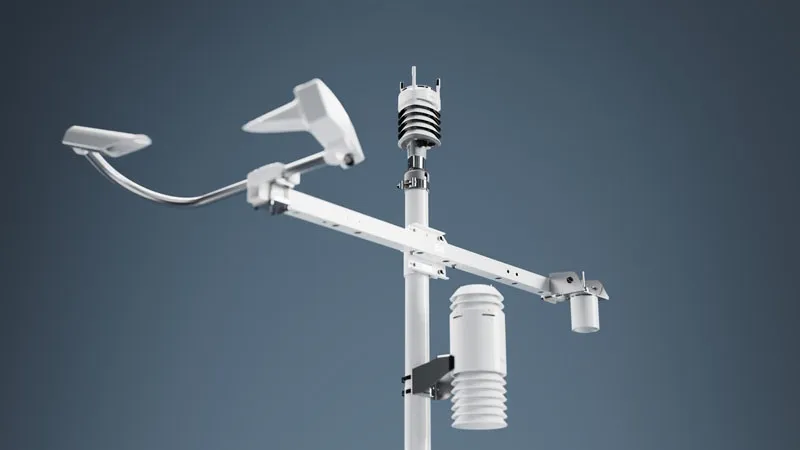Lufft's VS2k-UMB visibility sensor for road weather stations and traffic control systems, which replaces the VS20-UMB, measures visibility up to 2,000 metres and features an optimised housing alloy that is water resistant even under extreme conditions.
July 5, 2016
Read time: 1 min

RSS
The device also features an optional calibration kit, forward light scattering technique, sea waterproof housing and active spider defence.










